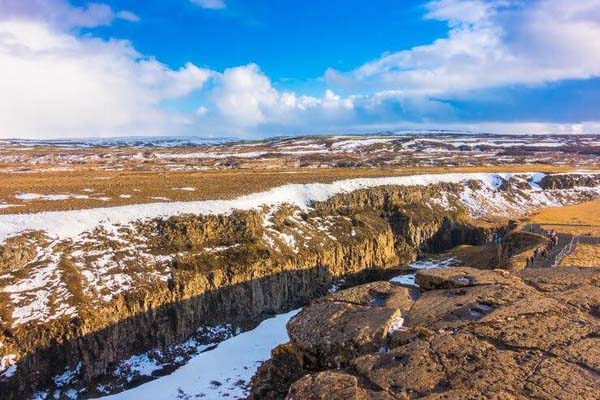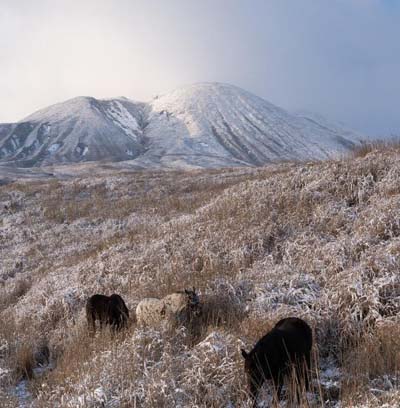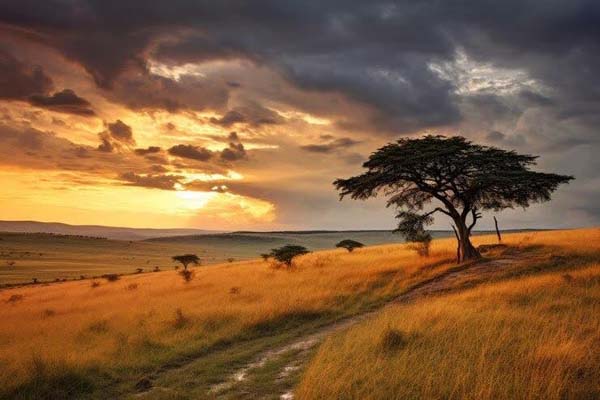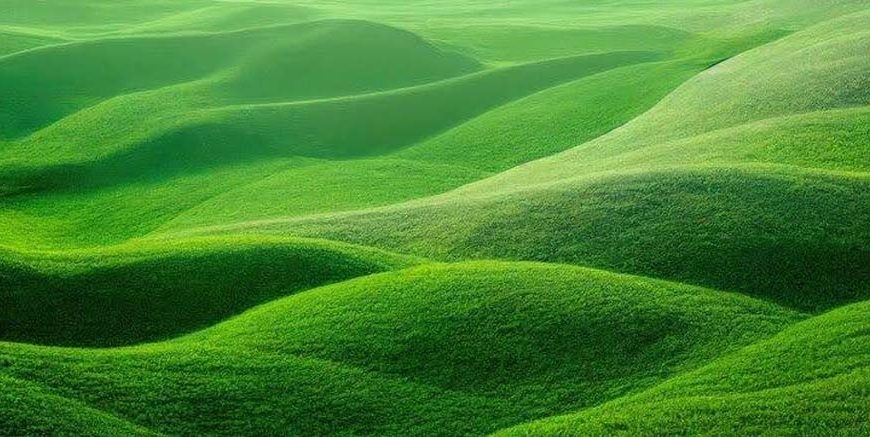Grasslands are supposedly one of the most interesting biomes on our earth. They occupy large portions of territory and comprise a great many different forms of plant and animal life. In this article, you most certainly will: Learn more about the realm of grasslands; Finding out facts that are fascinating about these beautiful terrains.
Table of Content:
- What is a Grassland?
- Types of Grassland
- Important Grasslands of the World
- Interesting Facts About Grasslands for Kids
What is a Grassland?
Think of a wide and boundless plain that could go on as far as possible to see, with dominantly tall grasses here and there, small trees and shrubs. That’s a grassland! A grassland is then called a biome as a stretch of a region characterized by the presence of grasses only. They are present in each of the continents but in Antarctica and constitute about a quarter of the Earth’s land space.

It makes grasslands rather unique since they receive the amounts of rain that allows for grass to grow but not enough to support large forests. The quantity of rainfall which they get is normally between ten to thirty inches in one year. This gives room for the grasses to grow but it is very cumbersome for trees to grow in huge numbers.
It would thus be actually significant to strengthen that these ecosystems are actually awfully important for our planet. It means that they are naturally able to sequester carbon, thus mitigating the effects of climate change by pulling carbon out of the atmosphere. They also check soil erosion, are home to millions of species, as well as accommodating man’s uses such as farming and cattle ranching.
Types of Grassland:
Grasslands come in different flavors, each with its own unique characteristics. Let’s explore some of the main types:

- Tropical and Subtropical Grasslands:
- Temperate Grasslands:
- Flooded Grasslands:
- Alpine Grasslands:
- Tundra:
These grasslands are also referred to as savannahs and they are found in the warm areas close to the equatorial. They experience a wet and a dry season and have large predators such as lions, elephants, giraffes among others. The African savanna is an excellent example of this type.
Since they are found in the intermediate climate, temperate grasslands receive very hot temperatures during the summer times and very cold temperatures during the winter season. They are characterized by a dark coloration and are valuable for they are very fertile, an attribute associated closely with farmland. For instance, examples may comprise the North American prairies and the Eurasian steppes.
These are grasslands that occasionally get flooded; the name flooded grasslands may require a little interpretation as it derives from the term flood. They are located in places that experience a specific amount of rainfall per season or close to the riverbank that overpowers. An instance of a flooded grassland is the Everglades situated in Florida.
Alpine grasslands are regions that are found on the higher altitudes of the mountain next to the tree line. They are generally the communities with short grass and small shrubs that can easily survive the freezing cold and strong winds.
Although technically it’s not classified under grasslands, the tundra is similar in many ways. This type is typical of the Arctic and is characterized by low vegetation for which living in extreme and cold situations.
Depending on the variety of the grassland, it supports a variety of plant and animal species which live in those habitats.
Important Grasslands of the World:
Let’s take a virtual tour around the world and explore some of the most significant grassland regions:

- The Serengeti:
- The Great Plains:
- The Pampas:
- The Steppes:
- The Veld:
- The Llanos:
Serengeti found in Tanzania and Kenya, is one of the most well-known grasslands globally. It is world famous for its wildlife boom and especially for the wonders of the natural world such as the wildebeest migration.
The Great Plains are an area that runs from the western part of present-day Canada down to as far south as the northern part of Mexico and was once populated by large herds of bison. Today it is an agricultural region where the main food crops of the world are grown chiefly wheat and corn.
The implemented ecosystems locate those extensive pampas in the southern half of South America including Argentina, Uruguay, and the state of Rio Grande do Sul in Brazil. They are famous for their gaucho (cowboy like people) and are significant for cattle rearing.
Covering the area from E Europe to central Asia, steppes are the largest of the temperate grasslands in the world. In addition they are credited for stimulating the emergence of horse riding nomadic pastoralism.
This large group of South African grasslands is plant and animal species, many of which are unique to a particular area.
These grasslands in Venezuela and Colombia become marshy, with a part of the region getting flooded for several months and, thus, is home to several species of flora and fauna.
These grasslands, like many others around the world, bring out so many unique features such as conservation of species’ diversities, supporting human activities, and most important of all, the regulation of climate.
Interesting Facts About Grasslands for Kids:
Now, let’s dive into some fun and fascinating facts about grasslands that will surely spark your curiosity!
- Grass Power:
- Fire Friends:
- Underground Cities:
- Speedy Residents:
- Grass Eaters:
- Camouflage Kings:
- Nomadic Lifestyle:
- Green Gold:
- Weather Watchers:
- Ancient Giants:
Grass relatives to grasslands have come up with astonishing strategies to help them survive. Their stems can flex and they will not snap when the wind blows, their roots go down very deep to search for water whenever there is drought.
Many grassland plants actually need fire to thrive! Some seeds only germinate after being exposed to fire, while others quickly regrow from their roots after a fire has passed.
In North American grasslands that are home to prairie dogs, members in a colony dig intricate networks of burrows, some extensive ones can go on for several miles and may accommodate thousands of the animals.
Some of the fastest land creatures in the world inhabit the grasslands. The cheetah which dwells in African savannas is credited to run at optimum speeds of up to 70 mph (112 km/h)!
Most grassland animals have some sort of adaptation for feeding on grasses and plants that dominate the grasslands. For instance, cows have many stomachs with the specific aim of aiding the cows in digestion of the hard grass fibers.
Many grassland animals have camouflage that work very effectively. The black patches of a tiger facilitates it to easily hide in tall grass while hunting for its prey.
Due to the availability of vegetation in the grasslands some of the grassland cultures like the Mongols from the Asian steppes adapted the culture of nomadism by shifting from one area to the other in search of fresh pastures throughout the whole year.
Like savannas, grasslands are regarded as the bread baskets of the world because grains such as wheat, corn, and rice can thrive well in such a terrain and support the global population.
Due to the fact that grasslands are very vast with little to no structures they are ideal places for studying weather. Tornado alley of the United States of America’s Great Plains region is regarded as the Mecca of such incredible (and occasionally deadly) events.
Before the dawn of modern culture, grasslands were abundant in what can now only be described as large prehistoric animals such as the wooly mammoth, the giant sloth, and the saber toothed tiger!

Grasslands are the wonderful biomes that have significant importance in our planet Earth. They produce food, they offer shelter to millions of other living beings, and considerably influence the climate of our planet. Thus, as we gain more knowledge about these fantastic terrains, it is easier to understand their necessity and contribute to preserving them for the generations to come.
For more such interesting blogs, Visit EuroKids














